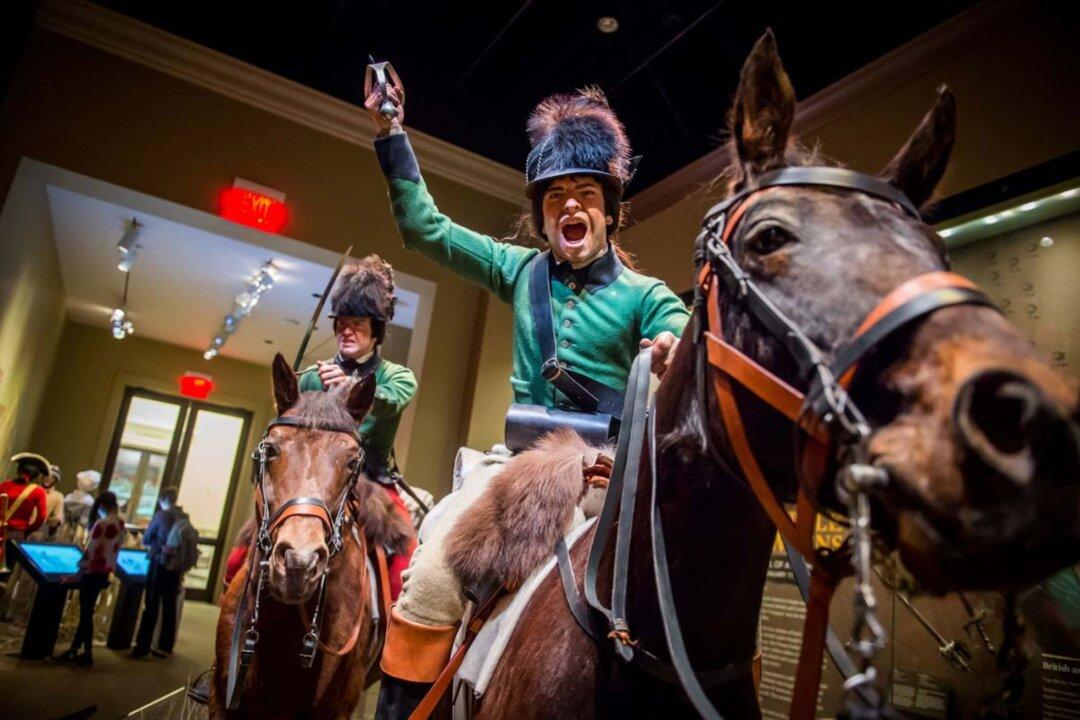Named by the 2024 USA Today’s “Readers’ Choice Awards” as the nation’s “Most Walkable City to Visit,” Philadelphia is a leading destination for local and international travelers alike. The city’s short blocks make it easy for tourists to visit the 20 to 30 houses on the National Register for Historic Places, and historical roadside markers provide the necessary background information for visitors to go on self-guided tours.
For those who have not been in the area in the past seven years, you will notice a brick edifice on the corner of South 3rd and Chestnut Streets—a mere six-minute walk from the Liberty Bell viewing center—which now houses the newest museum on the block: the Museum of the American Revolution.





